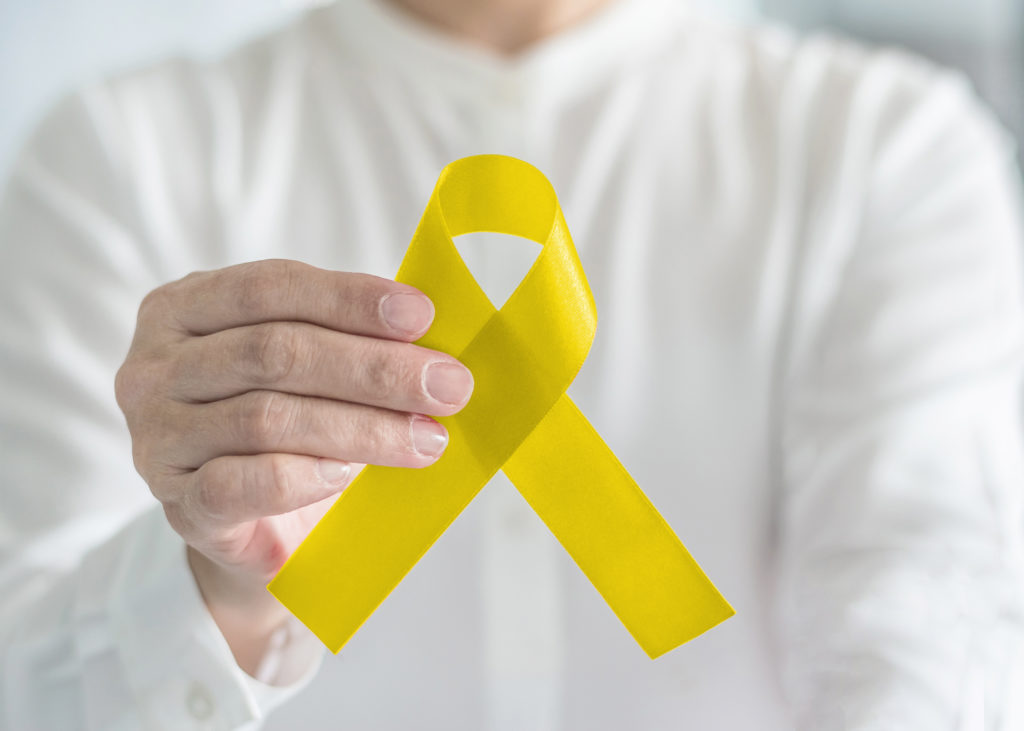
Choosing to undergo detox from opioids is a huge step in the journey of recovery. Not only does it take a great amount of mental stamina and determination, it takes courage.
The detoxing process is a grueling one on the body. Because of the way opioids hijack the reward system in the brain, suddenly depriving the brain of those chemicals causes the body to undergo a form of shock. And while it’s completely possible for the brain and body to recover, it is this recovery process that takes time and patience to undergo.
Detoxing from opioids
When detoxing from opioids, it is often recommended to do so under the supervision of medical professionals. This can be done in a residential treatment facility that offers a detox program, or in a hospital. It is not recommended to quit and detox “cold turkey” – even though the thought process behind quitting so drastically is admirable, it can actually be quite harmful to the body.
Numerous unpleasant withdrawal symptoms are associated with detox, and the medications that can be given in a hospital are prescribed for the sake of easing these symptoms. Plus, some of the symptoms, depending on the severity of the addiction, can be life-threatening. Therefore, it is always recommended to detox in the safe environment of a medical facility.
So, how long does the whole process last? How long do the withdrawal symptoms stick around once the last dose is absorbed in the body?
The whole process, while intense, does not last at this level of intensity for very long.
Initial withdrawal symptoms
Detoxing from opioids is a different experience for everyone based on the severity and length of the addiction and whether or not other substances were abused as well. For short-acting opioids like heroin, the opioid withdrawal timeline begins 8-24 hours after the last use and one can experience symptoms for up to 10 days; for longer-acting opioids, symptoms begin 12-48 hours after the last use and can remain present for up to 20 days.
These initial symptoms are both physical and psychological and may include:
- An overall feeling of restlessness
- Muscle aches
- Anxiety
- Fatigue
- Runny nose and eyes
- Sleep disturbances
- Sweating
Many times these initial symptoms are mistaken to be cold or flu symptoms. Often, an addicted brain will identify these symptoms not as addiction, but as something needing pain relief. While it’s undeniably challenging, it’s crucial to remain abstinent and dedicated to sobriety during these first few days.
Short-term detox
Symptoms typically begin to intensify after the first day. You may experience high blood pressure, nausea, vomiting, cramping, diarrhea, rapid heartbeat and chills. Cravings for the drug are also common throughout detox as the brain seeks a way of easing the discomfort.
In many cases, symptoms improve after about 72 hours and begin to resolve within a week after the drug was last used. Factors that impact the length and severity of detox include your history of substance use and overall physical health.
In several cases, these symptoms are uncomfortable, but not necessarily dangerous. It’s important to detox under a licensed physician’s care, however, to avoid complications like dehydration and seizures and to receive medical attention should these symptoms present. Emotional support from family and friends will also make the detox process easier as they can be an encouraging presence during particularly challenging days.
Some individuals experience psychological symptoms for several months after physical detox has ended. These can include fatigue, difficulty sleeping, anxiety and depression. Treatment programs can help you manage ongoing symptoms with medication, therapy and self-care techniques.
Managing opioid withdrawal
Several opioid rehab centers offer a medication-assisted treatment (MAT) program in which you will detox in a controlled, comfortable environment with doctor-prescribed drugs for symptom relief. In the early stages of withdrawal, symptoms may be managed with over-the-counter drugs such as acetaminophen, ibuprofen, anti-diarrheal and anti-nausea medications.
Severe withdrawal symptoms may be treated with clonidine, a medication that can lessen the intensity of the illness by up to 75 percent, or Suboxone, a combination of the opioid buprenorphine and an opioid blocker. Suboxone, an oral medication, lessens withdrawal symptoms but can trigger withdrawal immediately if injected. This makes it less likely to be abused than drugs like heroin and oxycodone.
In some cases, your physician or therapist may prescribe methadone, a milder opioid medication. The amount you take is gradually reduced over time to alleviate withdrawal symptoms until it is eventually discontinued. Because methadone can be addictive, this method is most successful when managed closely by a medical care provider.
It may seem like MAT is replacing one drug with another, but the truth is that the body needs to be eased out of addiction into a healthy, balanced state. By using less- or non-addictive medications approved for detox, you are able to safely coax your body out of that addictive state.
Looking for opioid detox programs?
If you or someone you love is suffering from an addiction to opioids, High Focus Centers is here to help. Our caring staff has years of experience helping individuals overcome substance abuse and greatly reduce the chance of relapse. Contact us today to learn how High Focus Centers can help you down the path to recovery by calling our offices at 800-877-3628.



